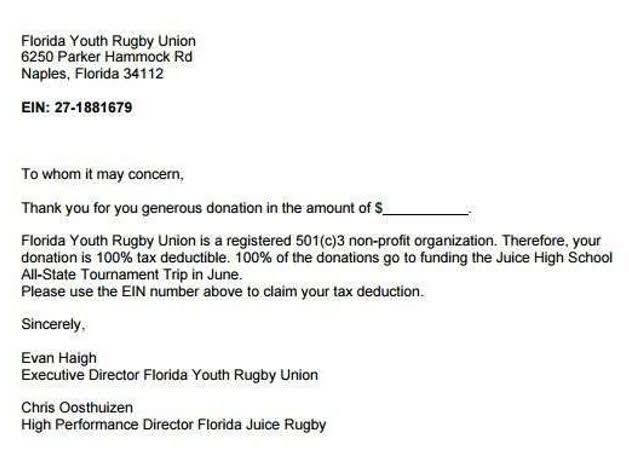
For instance, in the United States, under the Securities and Exchange Commission, a public company must meet specific criteria for the revenue to be recognized as such. Later, when part 2 of the sale occurs, the buyer and the seller each make another pair of journal entries, such as those shown in Exhibit 3. The seller cannot claim “revenue earnings,” and the buyer cannot claim “expense payment,” until both parts of the sale transaction complete. A business will need to record unearned revenue in its accounting journals and balance sheet when a customer has paid in advance for a good or service, which you have not yet delivered. Once they have been provided to the customer, the recorded unearned revenue must be changed to revenue within your business’s accounting books. Consumers, meanwhile, generate deferred revenue as they pay upfront for an annual subscription to the magazine.
As the prepaid service or product is gradually delivered over time, it is recognized as revenue on theincome statement. FASB’s Emerging Issues Task Force will consider whether the new revenue standard applies https://www.bookstime.com/ to prepaid cards that may be redeemed only for goods and services at a third-party merchant. For example, a company receives an annual software license fee paid out by a customer upfront on January 1.
How to Record Unearned Revenue
Get instant access to video lessons taught by experienced investment bankers. unearned revenue is classified as Learn financial statement modeling, DCF, M&A, LBO, Comps and Excel shortcuts.
Moving iMage Technologies Announces First Quarter Fiscal 2024 … – StreetInsider.com
Moving iMage Technologies Announces First Quarter Fiscal 2024 ….
Posted: Tue, 14 Nov 2023 12:06:18 GMT [source]
The adjusting entry will always depend upon the method used when the initial entry was made. The company is paid the whole amount, and the credit and debit sides become equal. The company creates a liabilities account and notes the fifty thousand dollars in the liabilities section, because the service, which is a wedding is yet to be organized. Before retirement, unearned income can be an addition to earned income but after retirement, it is often the only source of income. Chartered accountant Michael Brown is the founder and CEO of Double Entry Bookkeeping. He has worked as an accountant and consultant for more than 25 years and has built financial models for all types of industries.
Unearned Revenue Reporting Requirements
If the sale has is “closed,” but the customer has not yet paid, the seller can claim revenues earned if and only if the seller considers them to be realizable. In accrual accounting, sellers must, in fact, meet two conditions to recognize funds as revenue earnings. When the company provides a good or service and hence “earns” the revenue, they debit the unearned revenue account to reduce its balance and credit the revenue account to increase its balance. Unearned revenue is most common among companies selling subscription-based products or other services that require prepayments. Classic examples include rent payments made in advance, prepaid insurance, legal retainers, airline tickets, prepayment for newspaper subscriptions, and annual prepayment for the use of software.

This is why unearned revenue is recorded as an equal decrease in unearned revenue and increase in revenue . At the end of the month, the owner debits unearned revenue $400 and credits revenue $400. A similar situation occurs if cash is received from a customer in advance of the services being provided.
Does Unearned Revenue go on the Income Statement?
So, the company using accrual accounting adds only five months’ worth (5/12) of the fee to its revenues in profit and loss for the fiscal year the fee was received. Accounting for unearned revenueUnearned revenue is usually classified as a current liability for the business that receives it. When a business takes in unearned revenue, it must record the payment by debiting its cash account for the amount of money received in advance and crediting its unearned revenue account.
This journal entry illustrates that your business has received cash for its service that is earned on credit and considered a prepayment for future goods or services rendered. If a publishing company accepts $1,200 for a one-year subscription, the amount is recorded as an increase in cash and an increase in unearned revenue. Both are balance sheet accounts, so the transaction does not immediately affect the income statement. If it is a monthly publication, as each periodical is delivered, the liability or unearned revenue is reduced by $100 ($1,200 divided by 12 months) while revenue is increased by the same amount.
Be ready for tax time
But, certain conditions must be fulfilled before unearned revenue is classified as revenue. The company ABC can easily adjust the unearned revenue as earned revenue at the end of the year. When the cash is received, a liability account is created with corresponding equal entry in cash received. Here is everything you need to know about unearned revenue and how it affects your small business. The early receipt of cash flow can be used for any number of activities, such as paying interest on debt and purchasing more inventory.
- Each activity in a publisher’s business strategy can benefit from the resulting cash flow of unearned revenue.
- The recognition of deferred revenue is quite common for insurance companies and software as a service (SaaS) companies.
- Accounting for unearned revenueUnearned revenue is usually classified as a current liability for the business that receives it.
- When one month passes, the company will reclassify the current liability to revenue earned.
- Companies that have subscription-based products or services have to record unearned revenue.
Unearned revenue should be entered into your journal as a credit to the unearned revenue account, and a debit to the cash account. This journal entry illustrates that the business has received cash for a service, but it has been earned on credit, a prepayment for future goods or services rendered. Unearned revenue is a liability for the recipient of the payment, so the initial entry is a debit to the cash account and a credit to the unearned revenue account. As a company earns the revenue, it reduces the balance in the unearned revenue account (with a debit) and increases the balance in the revenue account (with a credit). The unearned revenue account is usually classified as a current liability on the balance sheet. Unearned revenue should be entered into your journal as a credit to the unearned revenue account and as a debit to the cash account.
Similarly, capitalized costs to obtain a contract should not be combined with contract assets. Capitalized incremental costs to obtain a contract should be presented as a single asset and classified as long-term unless the original amortization period is one year or less. Contract assets and contract liabilities should be presented as current and noncurrent in a classified balance sheet, and determined at the contract level.
Unearned revenue and deferred revenue are the same things, as well as deferred income and unpaid income, they are all various ways of saying unearned revenue in accounting. As an example, let’s say a landscaping company charges its customers $200 for five lawn-cutting services, and that its customers are required to prepay the $200 up front. As a result of this prepayment, the landscaping company now has a liability to its customers that’s equal to the revenue earned from the actual performance of the services in question. An easy way to understand deferred revenue is to think of it as a debt owed to a customer. Unearned revenue must be earned via the distribution of what the customer paid for and not before that transaction is complete. By delivering the goods or service to the customer, a company can now credit this as revenue.
This is because the company has now fulfilled the obligation of delivering services or products, and the company has now earned unearned revenue. James enjoys surprises, so he decides to order a six-month subscription service to a popular mystery box company from which he will receive a themed box each month full of surprise items. Unearned revenue and deferred revenue are the same things, as are deferred income and unpaid income. These are are all various ways of referring to unearned revenue in accounting. Since unearned revenue represents a company’s current liability, it has a direct impact on a company’s working capital. Businesses, large and small alike, must ensure their bookkeeping practices comply with accounting standards like GAAP.
- Similarly, capitalized costs to obtain a contract should not be combined with contract assets.
- Credit At the date of invoicing the business has not supplied any services to the customer and the revenue is therefore unearned.
- Creating and adjusting journal entries for unearned revenue will be easier if your business uses the accrual accounting method when recording transactions.
- QuickBooks offers a wide range of financial reporting capabilities, along with expense tracking and invoice features.
- All businesses want to make money, and when they do, they need to record and track their revenues.
